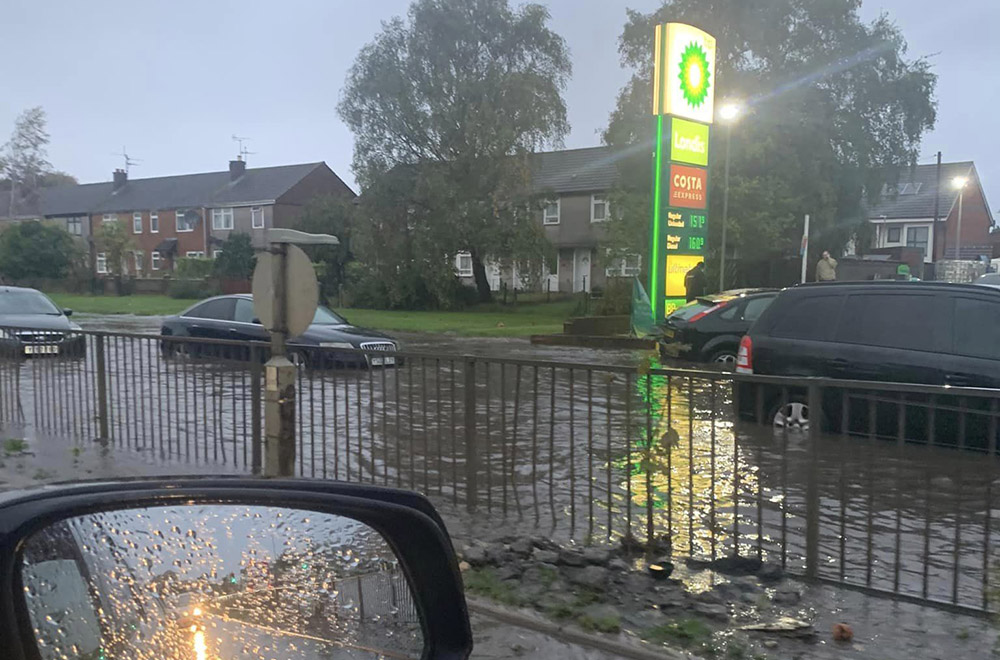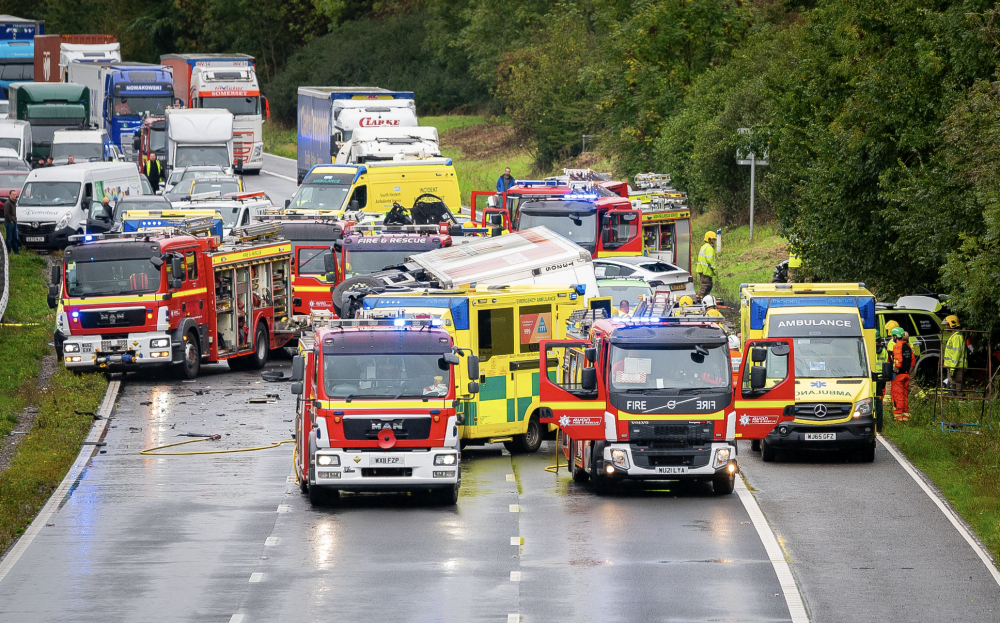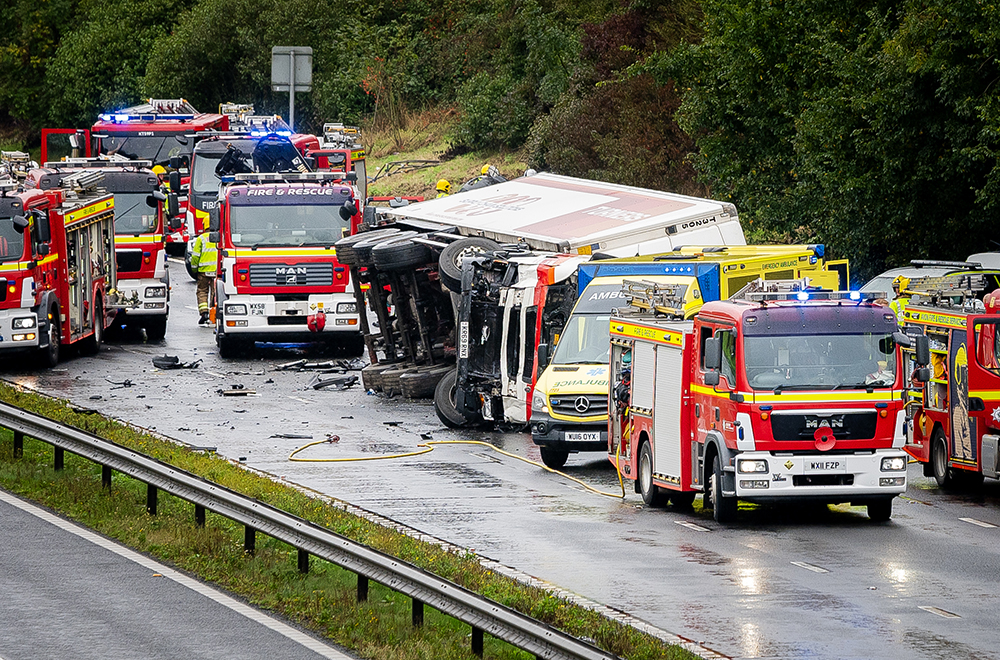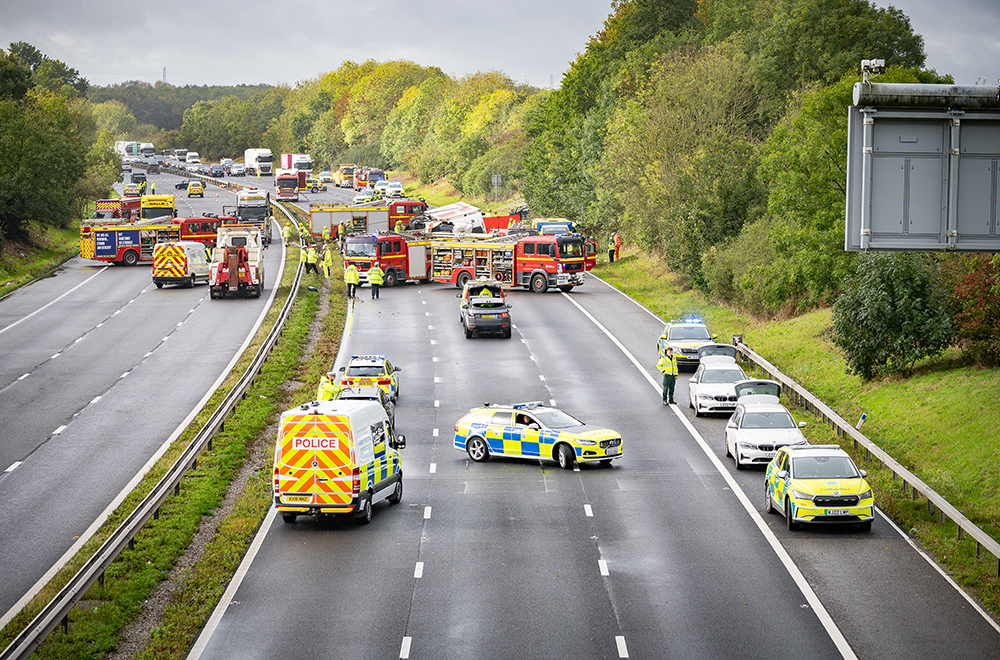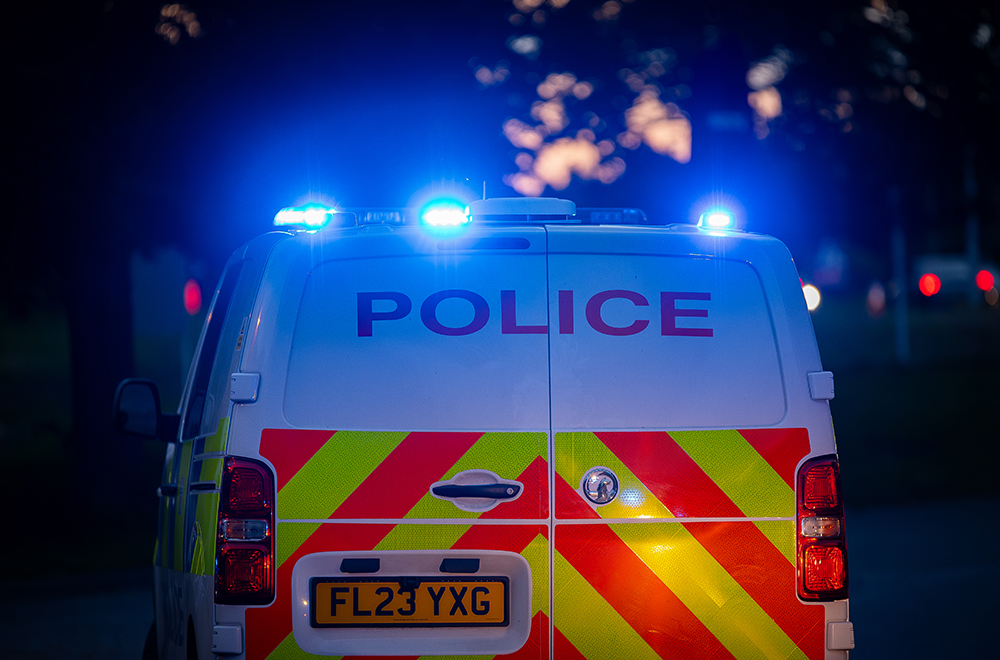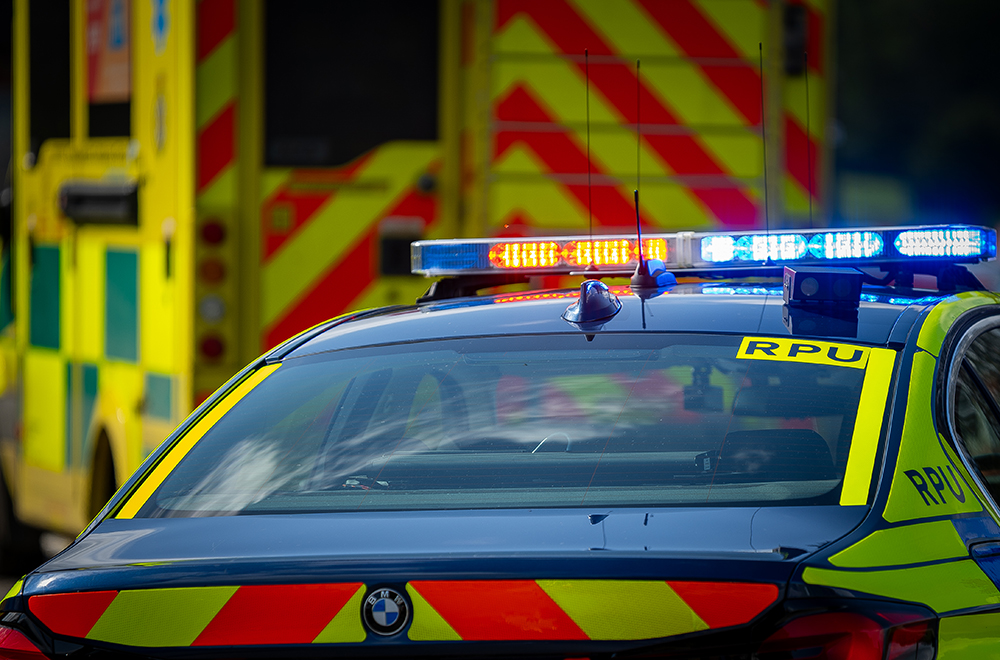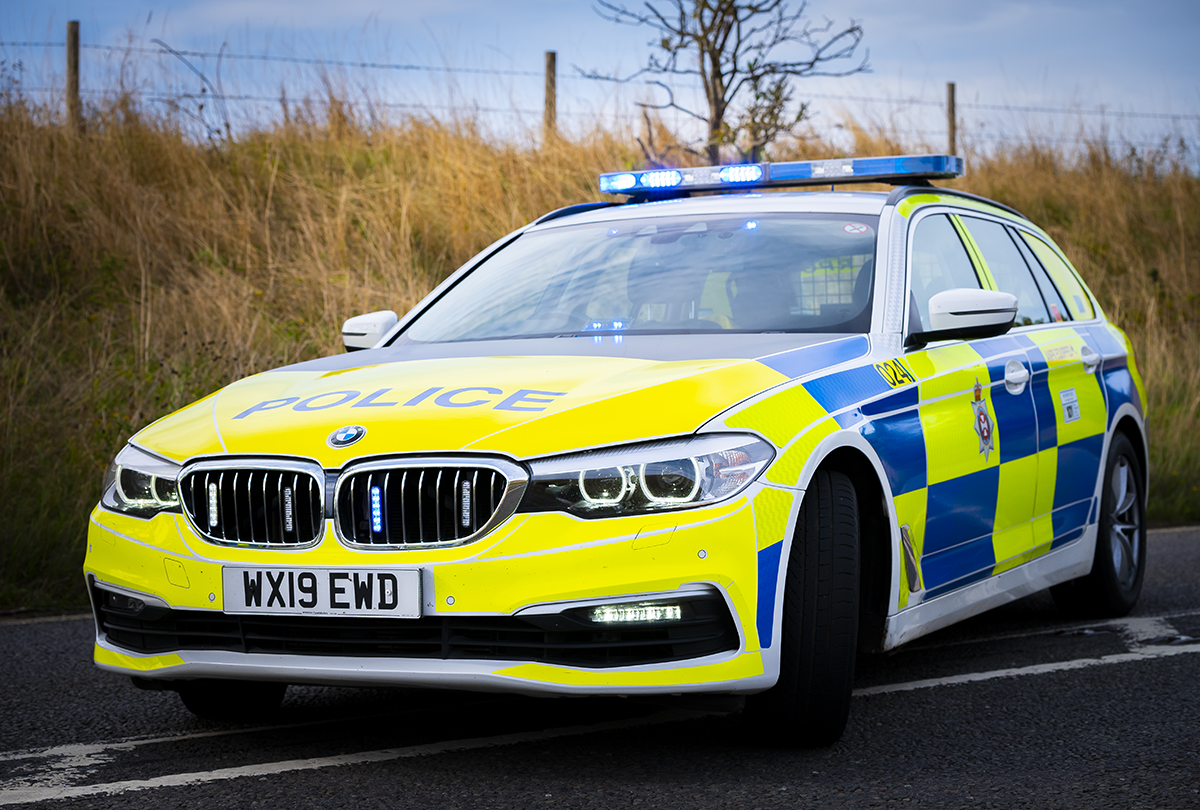Storm Babet is causing significant disruption across Wiltshire this morning (Friday).
Railway lines between Bristol and London Paddington are affected by flooding, including in the Swindon area – with all lines currently blocked.
Queens Drive in Swindon is closed from the roundabout with Drakes Way towards New College. Several cars and a bus have been abandoned in deep water.
Near the junction for Stanton Park in Highworth Road, a car has left the road reportedly due to standing water. The collision is not believed to be serious, but emergency services are on scene.
Buses are also being diverted on various other routes in Swindon – including Marlow Avenue and Welcome Avenue – due to flooding.
Stagecoach West, addressing Swindon services, said: “All services – currently experiencing delays due to heavy rain and resulting flooding, particularly on rural services. Please check the Stagecoach Bus App for live information.”
The A3102 between Calne and Royal Wootton Bassett is impassable for low vehicles in some areas, including in the Tockenham area.
In another update, the bus firm said: “A3102 near Tockenham closed due to flooding. All diversionary routes are also blocked due to flooding. We are therefore unable to service beyond RWB from Swindon at this time, or beyond Lyneham from Chippenham.”
There is a lane closure on the M4 westbound between junctions 16 and 17 due to flooding. However, traffic is reportedly coping well with only minor delays.
How to drive through flood water safely
“Only attempt to drive through flood water if you know it’s not too deep and maintain a steady, slow speed to avoid creating a bow wave”, the AA said.
“The air intake on many cars is low down at the front and just an egg cupful of water in the combustion chamber is enough to wreck an engine.”
You should never:
- Enter flood water that is moving or more than 10 centimetres (four inches) deep
- Drive fast through standing water
- Prop the bonnet open while you wait for help to arrive
You should always:
- Test your brakes as soon as you can after leaving the water
- Use headlights when visibility is seriously reduced
- Drive slowly and steadily to avoid creating a bow wave
- Use a low gear so the engine revs are higher when moving slowly
